This gluten-free coconut cake is one of the best cakes you’ll ever make! It’s soft, moist and covered in fluffy cream cheese frosting. Plus toasted coconut adds the perfect contrast of textures.
My #1 tip for gluten-free coconut cake is to use buttermilk powder for a light and tender crumb! Keep reading for my expert tips on making delicious coconut cake.
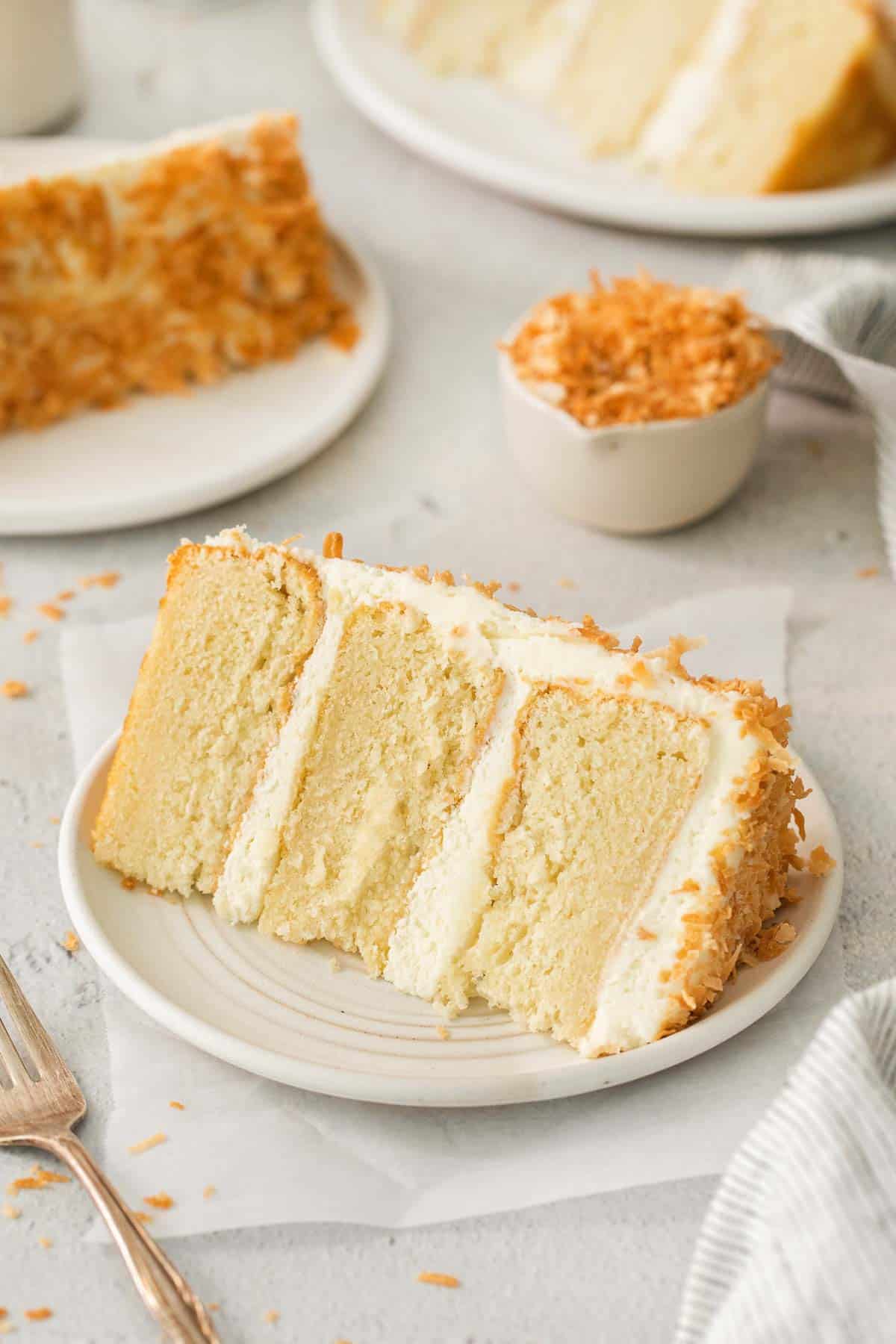
If you’re a fan of coconut, you will absolutely LOVE this gluten-free coconut cake! It doesn’t matter if you’re on a gluten-free diet or not. This tender, light, and rich coconut cake is going to WOW you!
Coconut lovers will go wild for this cake, which is infused with coconut extract in the cake and frosting, and has shredded coconut on top.
I perfected the crumb of this cake by using a special ingredient: buttermilk powder!
After testing gluten-free coconut cake recipes many times, I’ve realized that it really doesn’t work to use canned coconut milk with gluten-free flour.
Canned coconut milk contains gums and stabilizers (like guar gum) that interact with the xanthan gum in gluten-free flour blends. The combination of gums/stabilizer created a very gummy cake!
I’ve found it works MUCH better to use buttermilk instead of coconut milk. Trust me on this one, I’ve done the experimenting for you!
This recipe will give you a deliciously tender and moist cake every time!
This cake makes a delicious Easter or spring dessert! You might also like these recipes for gluten-free carrot cake, gluten-free lemon cake, gluten-free vanilla cupcakes, gluten-free pineapple upside down cake and this collection of gluten-free easter desserts.
You also might like this easter fruit salad!
For more cake recipes try this gluten-free vanilla cake or gluten-free chocolate cake. You might also like this roundup of the TOP 25 gluten-free desserts!
Why You’ll Love This Recipe
- Light and tender crumb
- Delicious coconut flavor
- Pretty layer cake
- Great for spring parties
Ingredients You’ll Need
Wet Ingredients
Here are the wet ingredients needed to make this cake:
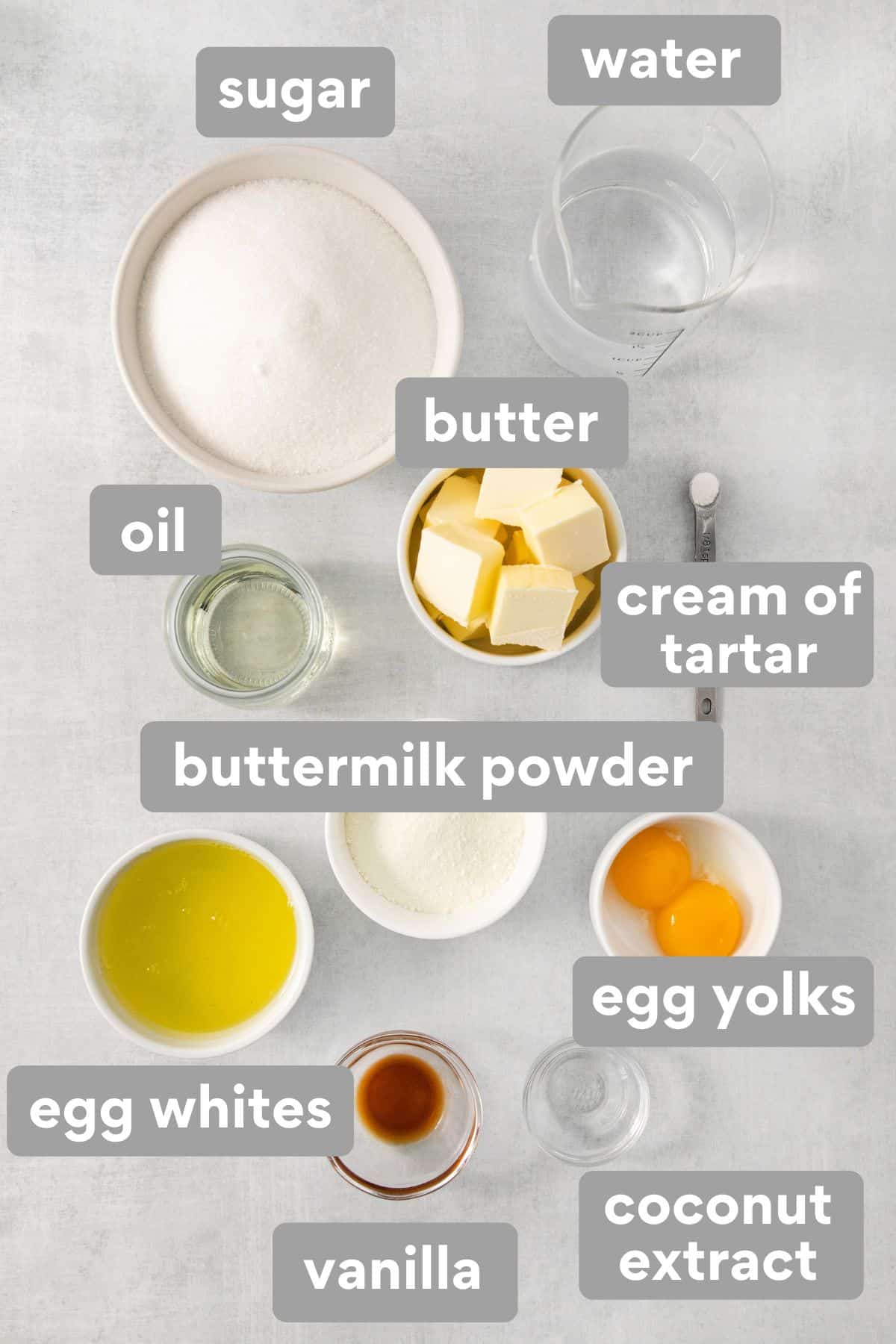
- Sugar: I like to use Domino fine granulated sugar for all of my gluten-free baking.
- Water: A bit of water helps achieve the perfect cake batter consistency.
- Butter: Butter gives this cake rich flavor and a light crumb.
- Oil: I like using oil in all of my gluten-free cakes to create a perfect tender crumb.
- Cream of tartar: Cream of tartar helps stabilize the whipped egg whites and prevents sugar from crystallizing. It’s a perfect leavening agent for this cake, too!
- Buttermilk powder: Buttermilk powder is the magical secret ingredient in this recipe! Something about the powdered buttermilk gives the cake an extra light and tender crumb. I highly recommend using it instead of regular buttermilk. I use SACO buttermilk powder.
- Egg yolks: You’ll separate the egg yolks from the whites to make a rich cake that’s also light and tender.
- Egg whites: Whipped egg whites get folded into the batter to make this cake extra light!
- Vanilla: I always prefer real vanilla extract to imitation vanilla.
- Coconut extract: Coconut extract adds more of that delicious coconut flavor to this cake.
Dry Ingredients
Here’s what you’ll need for the dry ingredients in this coconut cake:
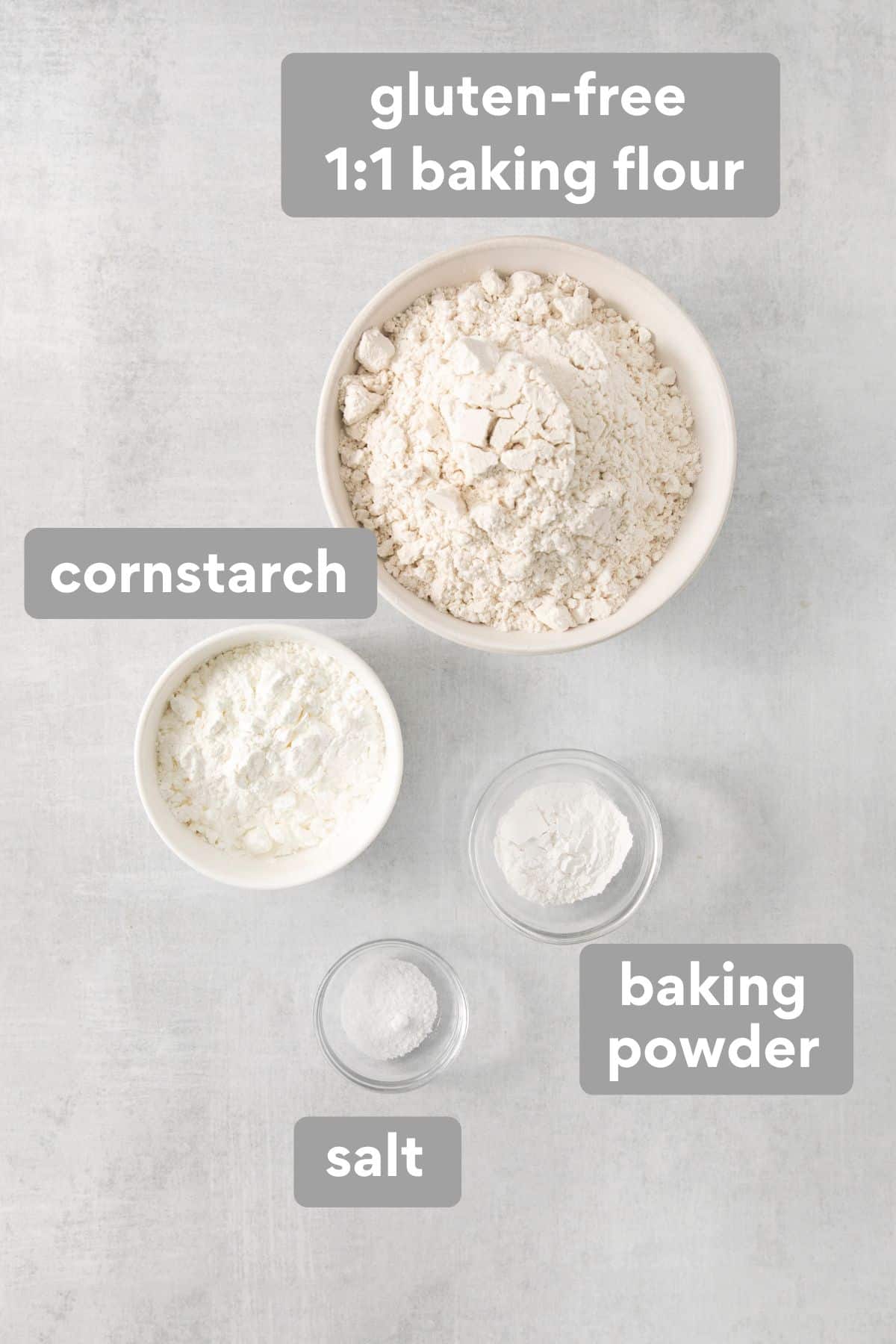
- Gluten-free 1:1 baking flour: It’s important to choose a high-quality 1:1 baking flour for this recipe. This is my favorite brand. It makes all the difference in the texture of the cake! (NOTE: DO NOT use Cup4rCup gluten-free flour for this cake. It makes an overly gummy cake!)
- Cornstarch: Using part gluten-free 1:1 baking flour and part cornstarch creates the consistency of cake flour. The cornstarch helps to lighten the cake!
- Baking powder: Baking powder is an important leavening agent to create a light, fluffy cake crumb.
- Salt: I like to use fine sea salt for all of my gluten-free baking.
Gluten-Free Cake Flour?
Using a combination of gluten-free 1:1 baking flour and cornstarch mimics the light texture of traditional cake flour. It’s one of my favorite tricks for baking gluten-free cakes!
Ingredients for Frosting
These are the ingredients needed for an amazing coconut frosting:
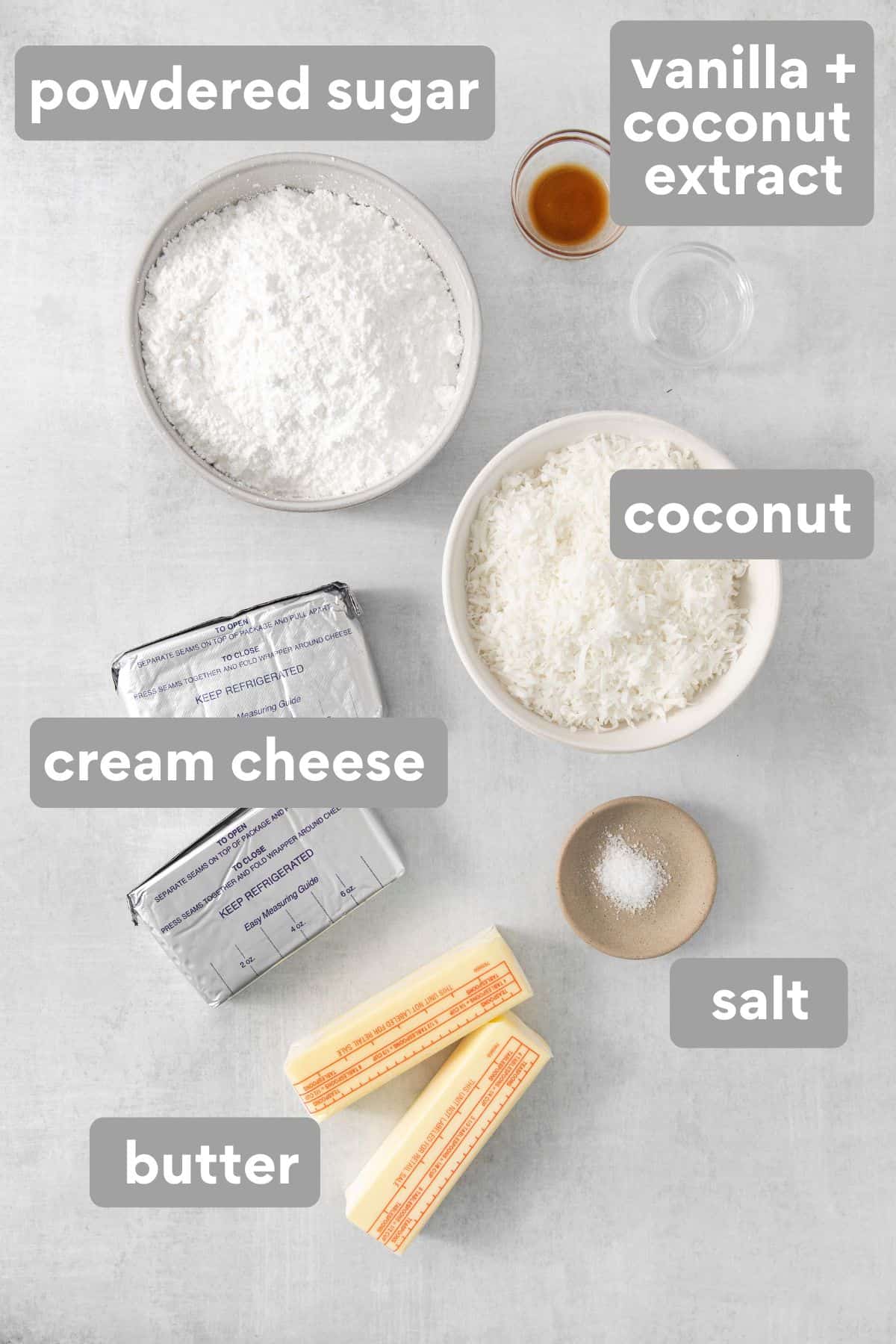
- Powdered sugar: Choose your favorite brand of powdered sugar for this frosting!
- Vanilla and coconut extract: I love combining vanilla and coconut extract for added coconut flavor.
- Coconut: I use sweetened shredded coconut. I like the crunch of toasted coconut on the outside of the cake, but you can also blend the shredded coconut directly into the frosting, if you prefer!
- Cream cheese: Cream cheese is another key ingredient in this recipe. It really takes the frosting to the next level, making it rich and delicious!
- Salt: I love adding a pinch of salt to my frosting recipes to bring out the flavor and balance sweetness.
- Butter: I always use salted butter, which has more depth of flavor than unsalted.
How to Make This Recipe
MAKE THE CAKE:
- Preheat the oven to 350F. Grease three 8-inch round cake pans and line the bottom of each pan with a circle of parchment paper, then grease again.
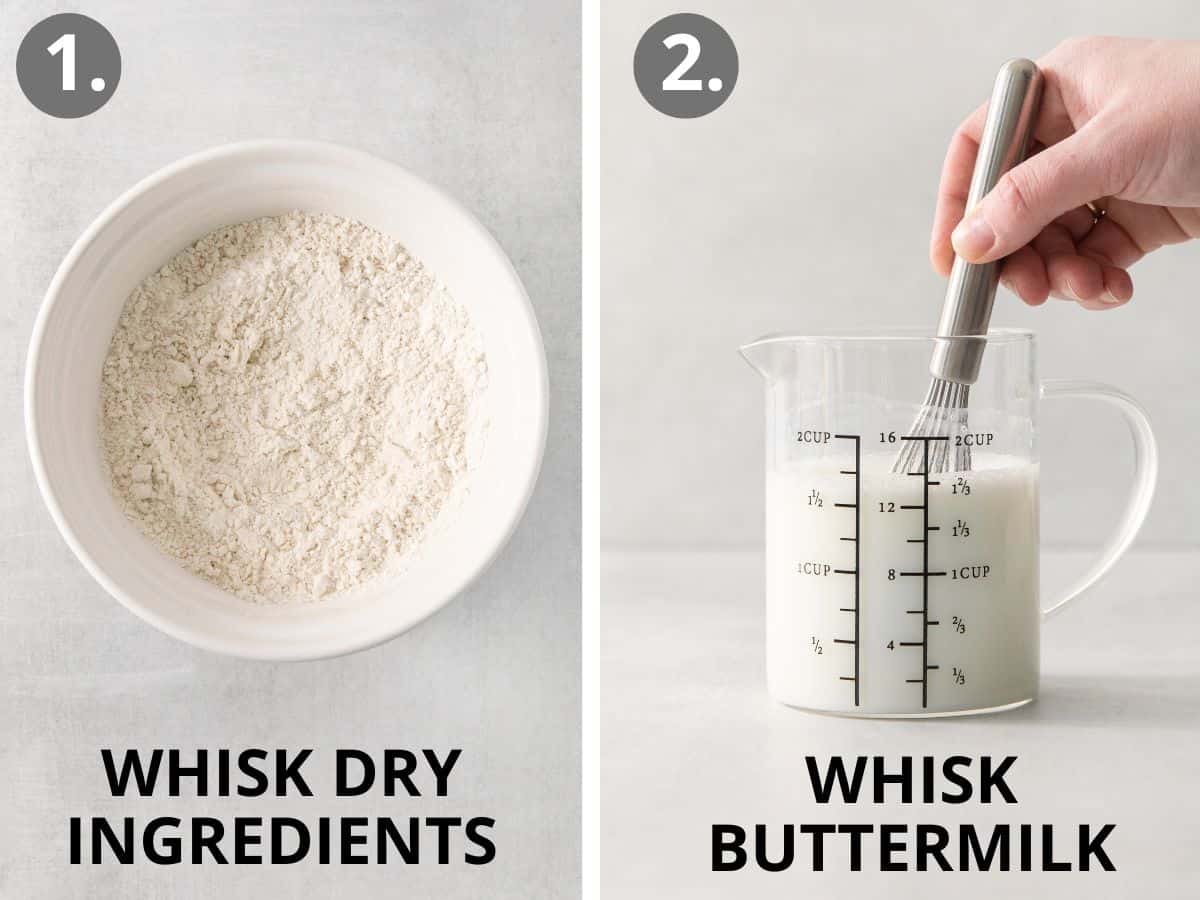
- In a medium bowl, whisk together the gluten-free flour, cornstarch, baking powder and salt.
- Whisk together the buttermilk powder and water until totally combined. (I usually end up doing this in my blender!)
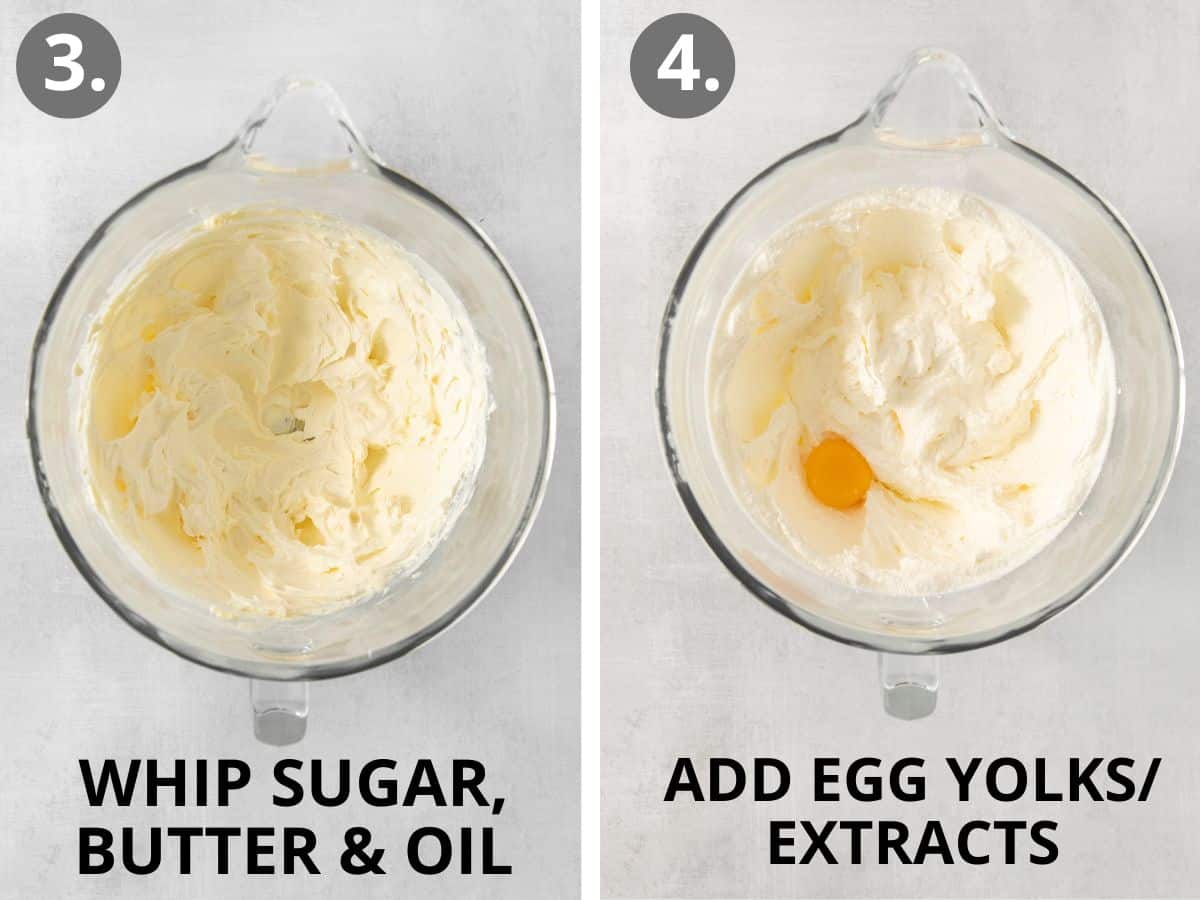
- In the bowl of a stand mixer, add the sugar, butter and oil. Whip on medium-high speed for 3 minutes, until light and fluffy.
- Add in egg yolks one at a time and mix until combined after each addition, then mix in coconut and vanilla extracts. Scrape down the bowl.
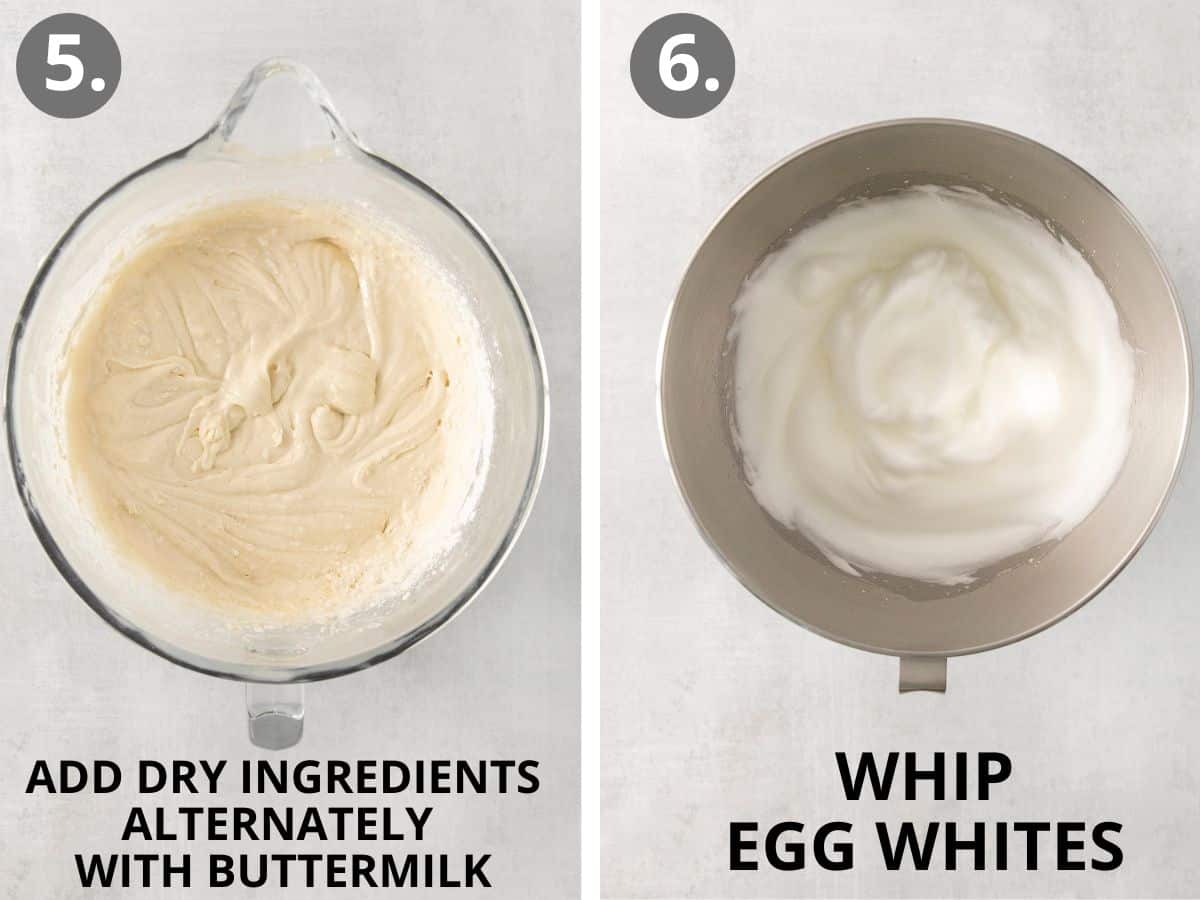
- Add 1/3 of the flour mixture, blend just until combined. Add half of the buttermilk, mix just until combined. Mix in another 1/3 of the flour mixture followed by remaining buttermilk. Finish by mixing in the last 1/3 of the flour mixture.
- In a separate mixing bowl, using an electric hand mixer, whip 6 egg whites with cream of tartar on medium-high speed until stiff (but not dry) peaks form.
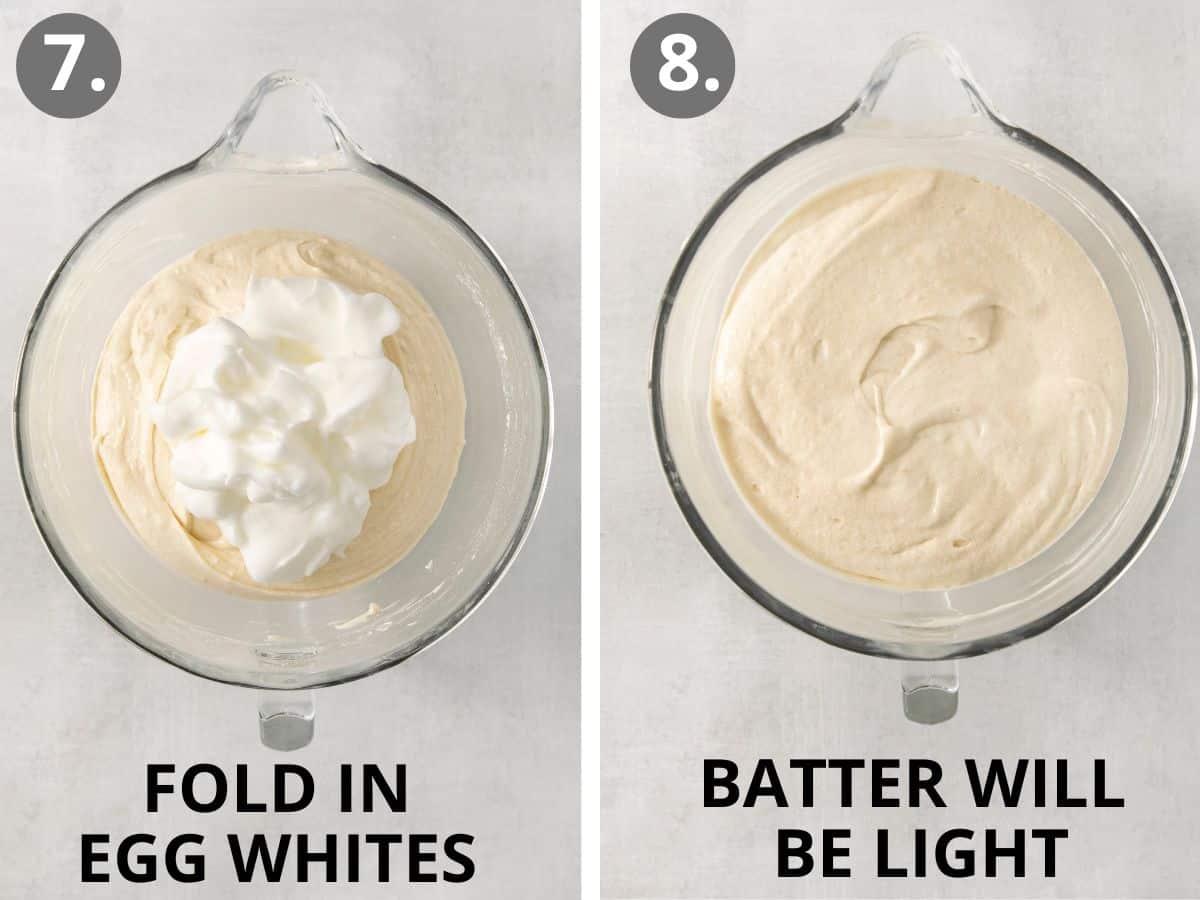
- Using a rubber spatula, carefully fold 1/3 of the egg whites into cake batter at a time and fold just combined after each addition (don’t over-mix and deflate egg whites).
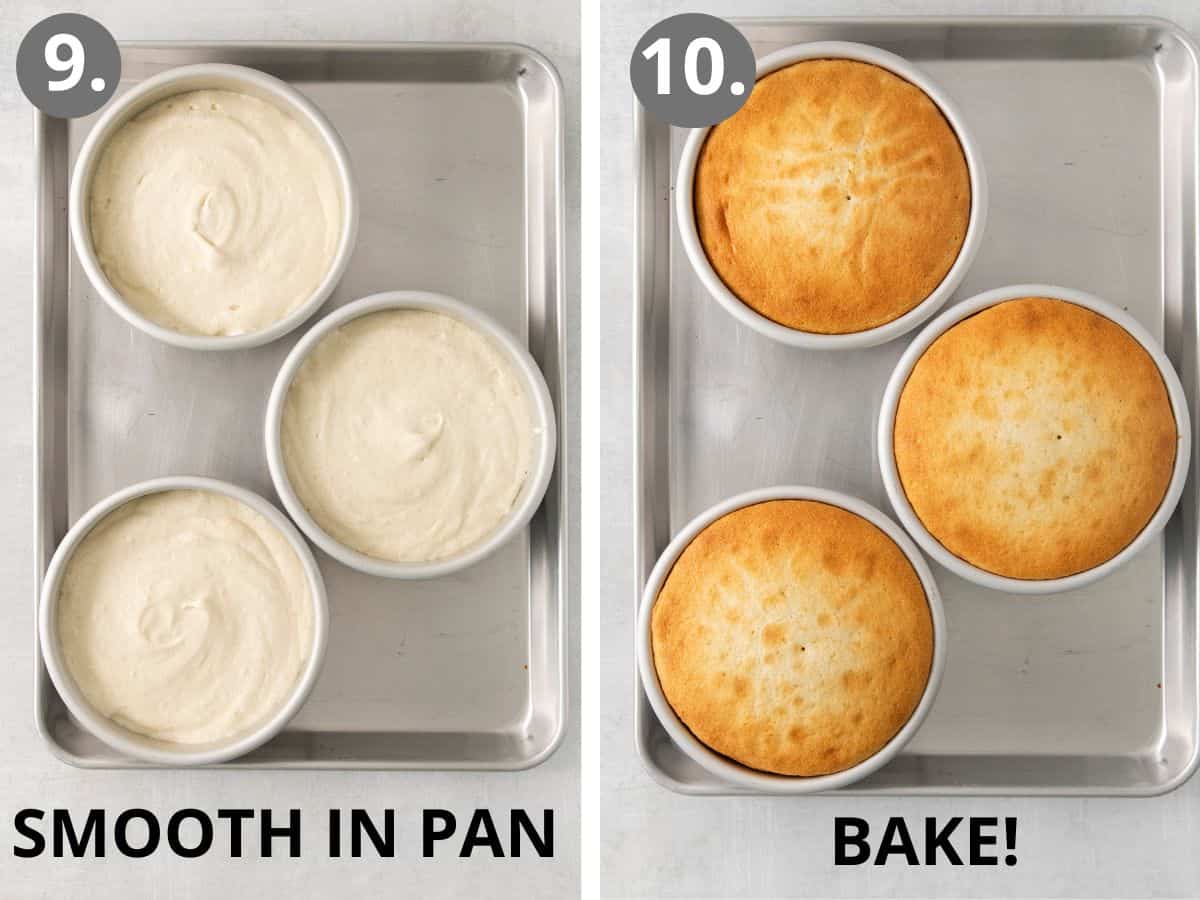
- Divide batter among prepared cake pans. Bake for 20-24 minutes, until golden and a toothpick inserted into the center of each cake comes out clean
- Let the cakes cool in the pans for 5 minutes, then turn them out onto a wire rack to continue cooling. Cool completely before frosting.
TOAST THE COCONUT:
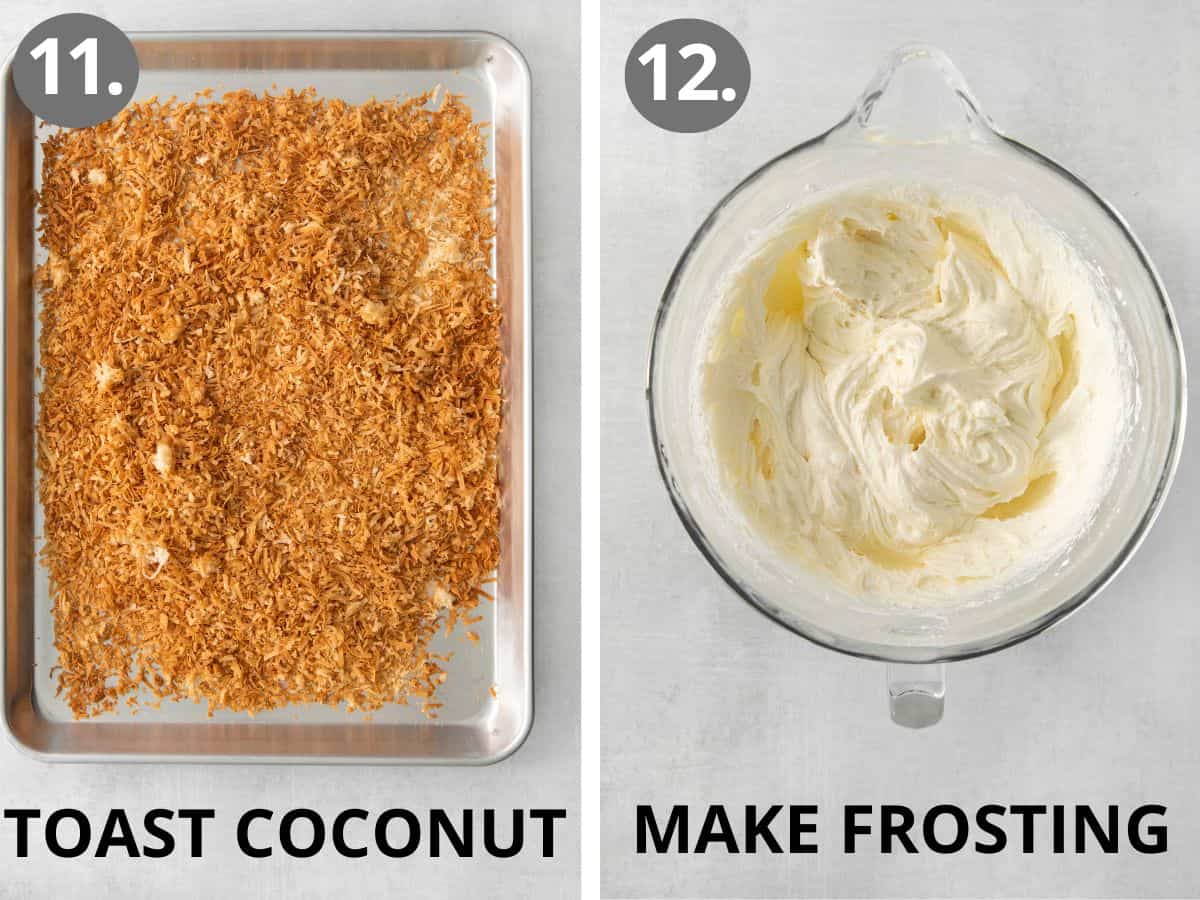
- Spread the coconut in a single layer on a large baking sheet. Bake at 350°F for 8-10 minutes, stirring every 2 minutes until the coconut begins to brown. Remove from the oven and transfer to a dish to cool completely.
MAKE THE FROSTING:
- Using a hand or stand mixer, beat together the butter and cream cheese until combined. Add the powdered sugar, vanilla extract, coconut extract and salt.
- Beat on low then switch to high for about three minutes or until light and creamy. Scrape down the sides and bottom of the bowl then mix for another 30 seconds or so.
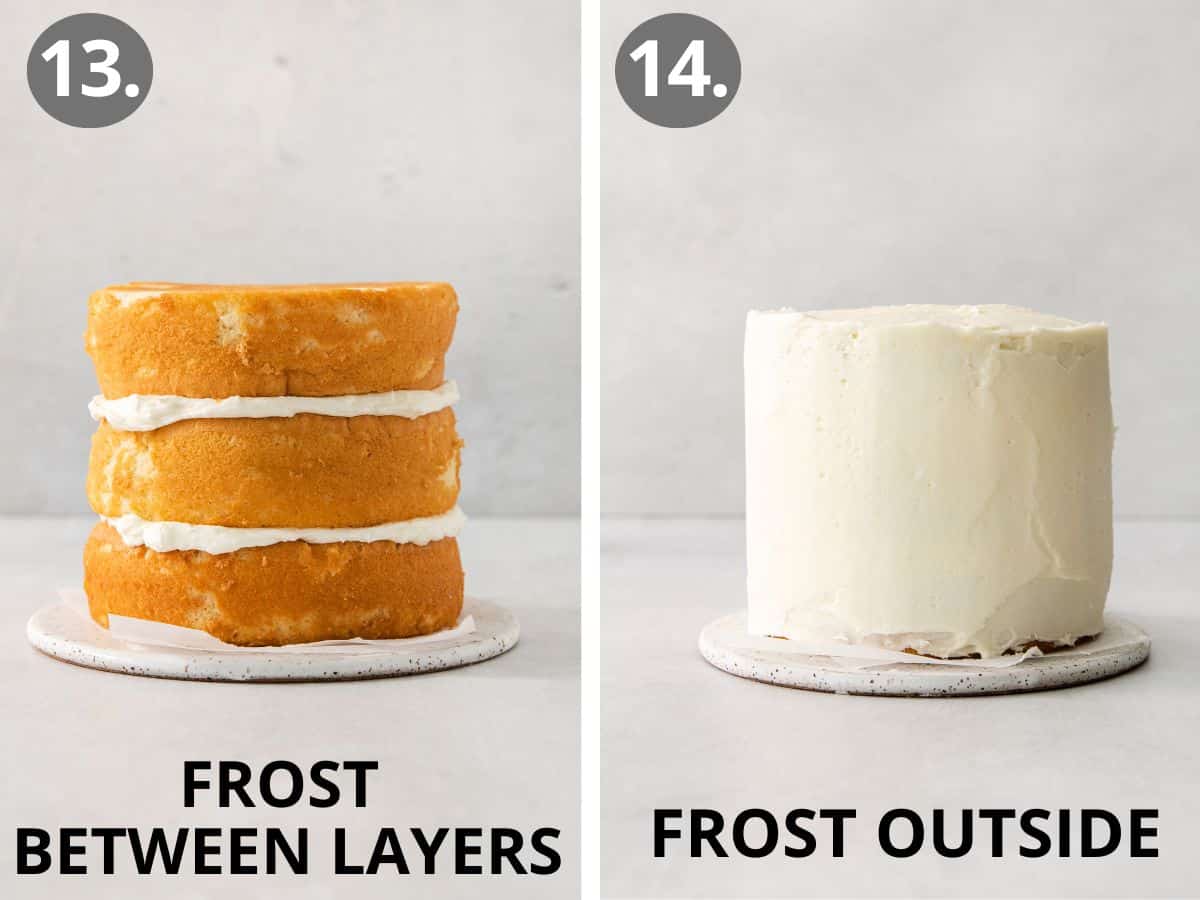
- Place one of the cake layers, top side up, on a cake plate or serving stand. Spread a layer of frosting over the top.
- Place the second cake layer, top side up, on top of the frosting. Repeat spreading frosting over the second layer.
- Place the final cake layer, top side down.
- Frost the entire cake, top and sides, with the cream cheese frosting.
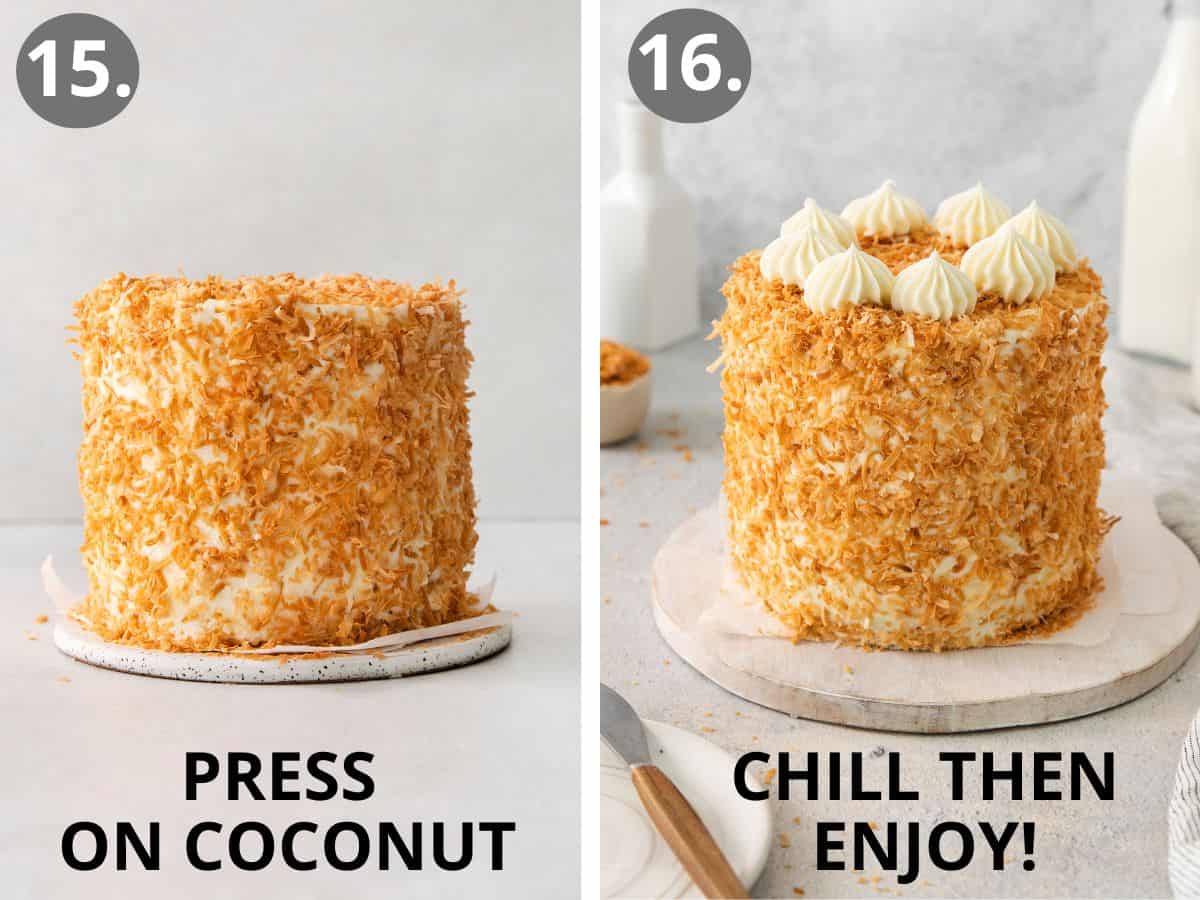
- Cover the whole cake (top and sides!) with the toasted coconut (you might not use all of it).
- Chill for 15-20 minutes before slicing. Enjoy!
Storage Instructions
Store leftover coconut cake at room temperature for up to three days, or in the fridge in an airtight container for up to five days. You can also freeze this cake in plastic wrap for up to three months.
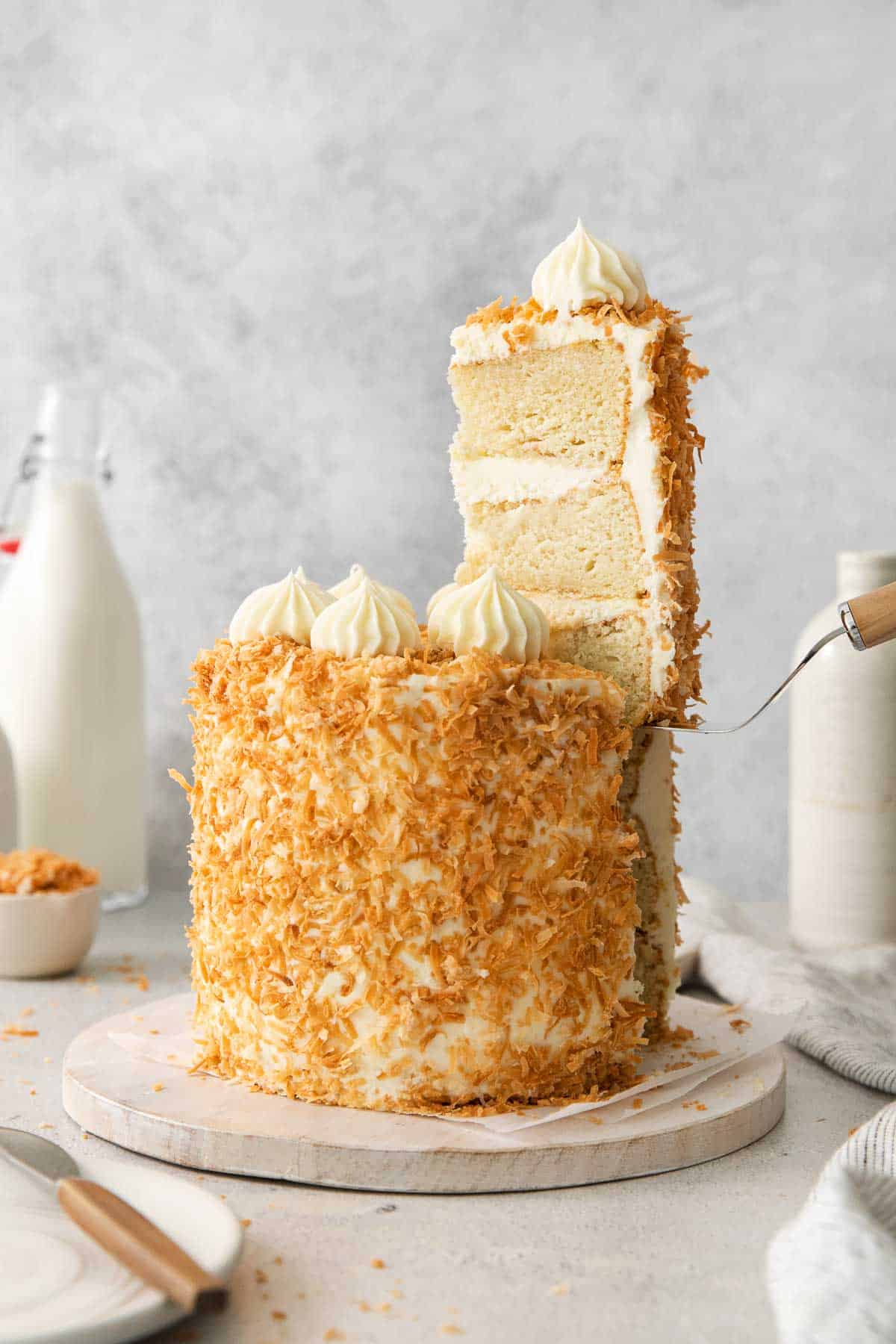
FAQs
No, Pepperidge Farm Classic Coconut Layer Cake isn’t gluten-free. Bleached wheat flour is one of the main ingredients, so it’s not safe for people with Celiac disease. Pepperidge Farm coconut cake also contains sugar, water, vegetable oils, eggs, corn syrup, and coconut.
Yes, coconut flour is naturally gluten-free and can be used in cakes, cookies, muffins, etc. It’s best to find a recipe that specifically calls for coconut flour, since it has different properties than regular flour. It has a high absorbency and needs to be used carefully!
Oil and sour cream can be used to keep gluten-free cakes extra moist. Buttermilk powder is another secret ingredient for a moist but light and tender cake.
Expert Tips & Tricks
- I’ve found it works MUCH better to use buttermilk instead of coconut milk in this gluten-free coconut cake. Canned coconut milk contains gums and stabilizers like guar gum that interact with the xanthan gum in gluten-free flour blends. The combination of gums/stabilizer created a very gummy cake!
- Folding whipped egg whites into the batter makes this gluten-free coconut cake batter extra light. Don’t skip this step!
- I like the crunch of toasted coconut on the outside of the cake. Coupled with the soft cake, it makes the most delicious combination of textures. It also makes for a pretty presentation of this layer cake. But you can also blend the shredded coconut directly into the frosting, if you’d like!
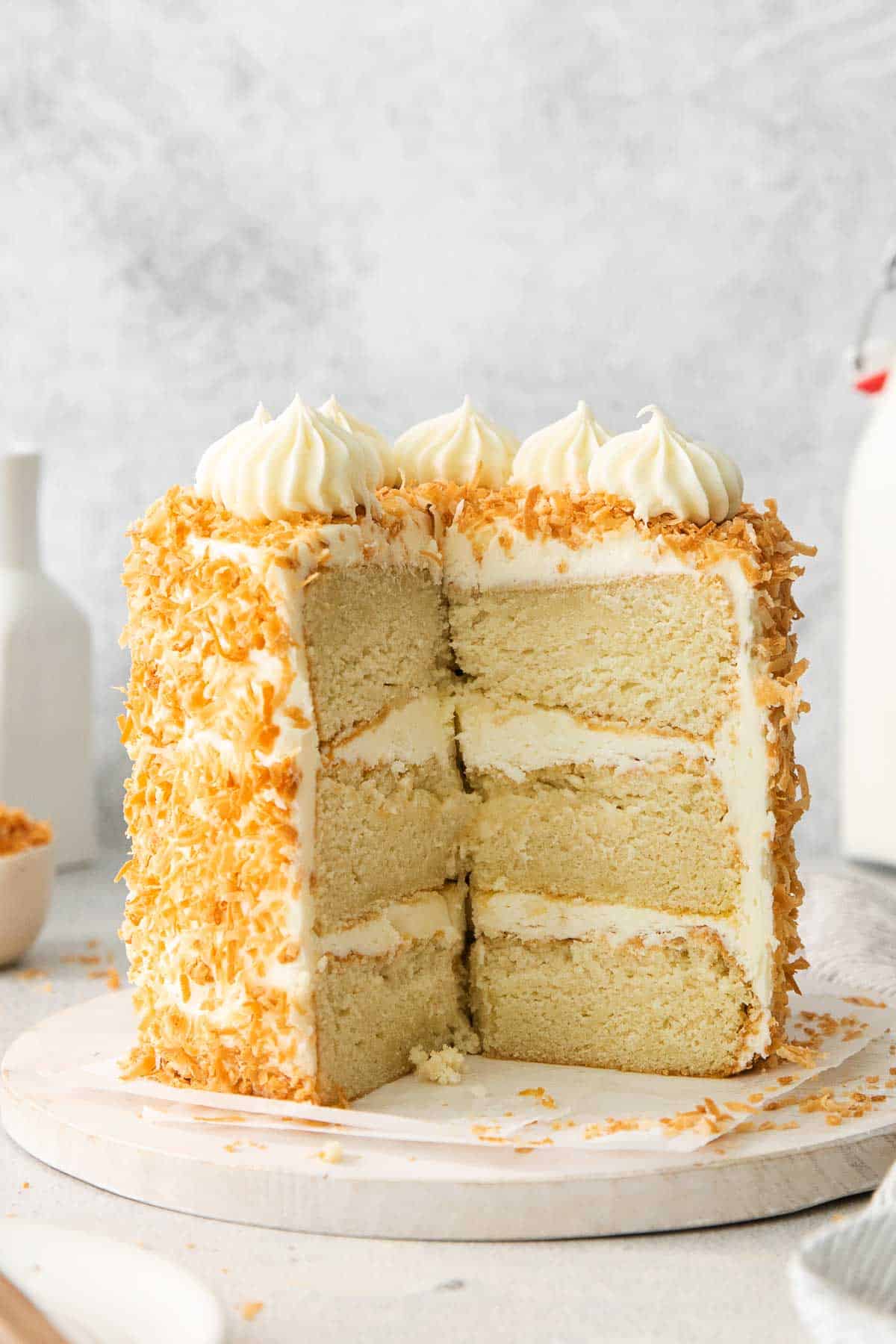
MORE FAVORITE GLUTEN-FREE CAKE RECIPES
I hope you love this recipe as much as we do! If you try this gluten-free coconut cake, be sure to leave me a comment/rating below. I’d love to hear from you!

The Best Gluten-Free Coconut Cake
Ingredients
CAKE DRY INGREDIENTS:
- 2 cups gluten-free 1:1 baking flour 300 grams
- ½ cup cornstarch 60 grams
- 1 tablespoon baking powder
- 1/2 teaspoon salt
CAKE OTHER INGREDIENTS:
- 2 cups granulated sugar 400 grams
- 3/4 cup butter at room temperature
- 1/4 cup vegetable oil or canola oil
- 6 tablespoons buttermilk powder I use SACO
- 1 1/2 cups water room temperature
- 2 large egg yolks at room temperature
- 1 teaspoon coconut extract
- 1/2 teaspoon vanilla extract
- 6 large egg whites at room temperature
- 1/8 teaspoon cream of tartar
FROSTING INGREDIENTS:
- 3 cups shredded sweetened coconut
- 1 cup butter at room temperature
- 16 oz cream cheese at room temperature
- 7 cups powdered sugar 800 grams
- 1 teaspoon vanilla
- 1 teaspoon coconut extract
- ¼ teaspoon salt
Instructions
MAKE THE CAKE:
- Preheat the oven to 350F. Grease three 8-inch round cake pans and line the bottom of each pan with a circle of parchment paper, then grease again.
- In a medium bowl, whisk together the gluten-free flour, cornstarch, baking powder and salt.
- In the bowl of a stand mixer, add the sugar, butter and oil. Whip on medium-high speed for 3 minutes, until light and fluffy.
- Whisk together the buttermilk powder and water until totally combined. (I usually end up doing this in my blender!)
- Add in egg yolks one at a time and mix until combined after each addition, then mix in coconut and vanilla extracts. Scrape down the bowl.
- Add 1/3 of the flour mixture, blend just until combined. Add half of the buttermilk, mix just until combined. Mix in another 1/3 of the flour mixture followed by remaining buttermilk. Finish by mixing in the last 1/3 of the flour mixture.
- In a separate mixing bowl, using an electric hand mixer, whip 6 egg whites with cream of tartar on medium-high speed until stiff (but not dry) peaks form.
- Using a rubber spatula, carefully fold 1/3 of the egg whites into cake batter at a time and fold just combined after each addition (don’t over-mix and deflate egg whites).
- Divide batter among prepared cake pans. Bake for 20-24 minutes, until golden and a toothpick inserted into the center of each cake comes out clean
- Let the cakes cool in the pans for 5 minutes, then turn them out onto a wire rack to continue cooling. Cool completely before frosting.
TOAST THE COCONUT:
- Spread the coconut in a single layer on a large baking sheet. Bake at 350°F for 8-10 minutes, stirring every 2 minutes until the coconut begins to brown. Remove from the oven and transfer to a dish to cool completely.
MAKE THE FROSTING:
- Using a hand or stand mixer, beat together the butter and cream cheese until combined. Add the powdered sugar, vanilla extract, coconut extract and salt.
- Beat on low then switch to high for about three minutes or until light and creamy. Scrape down the sides and bottom of the bowl then mix for another 30 seconds or so.
- Place one of the cake layers, top side up, on a cake plate or serving stand. Spread a layer of frosting over the top.
- Place the second cake layer, top side up, on top of the frosting. Repeat spreading frosting over the second layer.
- Place the final cake layer, top side down.
- Frost the entire cake, top and sides, with the cream cheese frosting.
- Cover the whole cake (top and sides!) with the toasted coconut (you might not use all of it).
- Chill for 15-20 minutes before slicing. Enjoy!
Notes
- Buttermilk powder: Buttermilk powder is the magical secret ingredient in this recipe! Something about the powdered buttermilk gives the cake an extra light and tender crumb. I highly recommend using it instead of regular buttermilk.
- Gluten-free 1:1 baking flour: It’s important to choose a high-quality 1:1 baking flour for this recipe. It makes all the difference in the texture of the cake! (NOTE: DO NOT use Cup4Cup gluten-free flour for this cake. It makes an overly gummy cake!)
- I’ve found it works MUCH better to use buttermilk instead of coconut milk in this gluten-free coconut cake. Canned coconut milk contains gums and stabilizers like guar gum that interact with the xanthan gum in gluten-free flour blends. The combination of gums/stabilizer created a very gummy cake!
- Folding whipped egg whites into the batter makes this gluten-free coconut cake batter extra light. Don’t skip this step!
- I like the crunch of toasted coconut on the outside of the cake. Coupled with the soft cake, it makes the most delicious combination of textures. It also makes for a pretty presentation of this layer cake. But you can also blend the shredded coconut directly into the frosting, if you’d like!
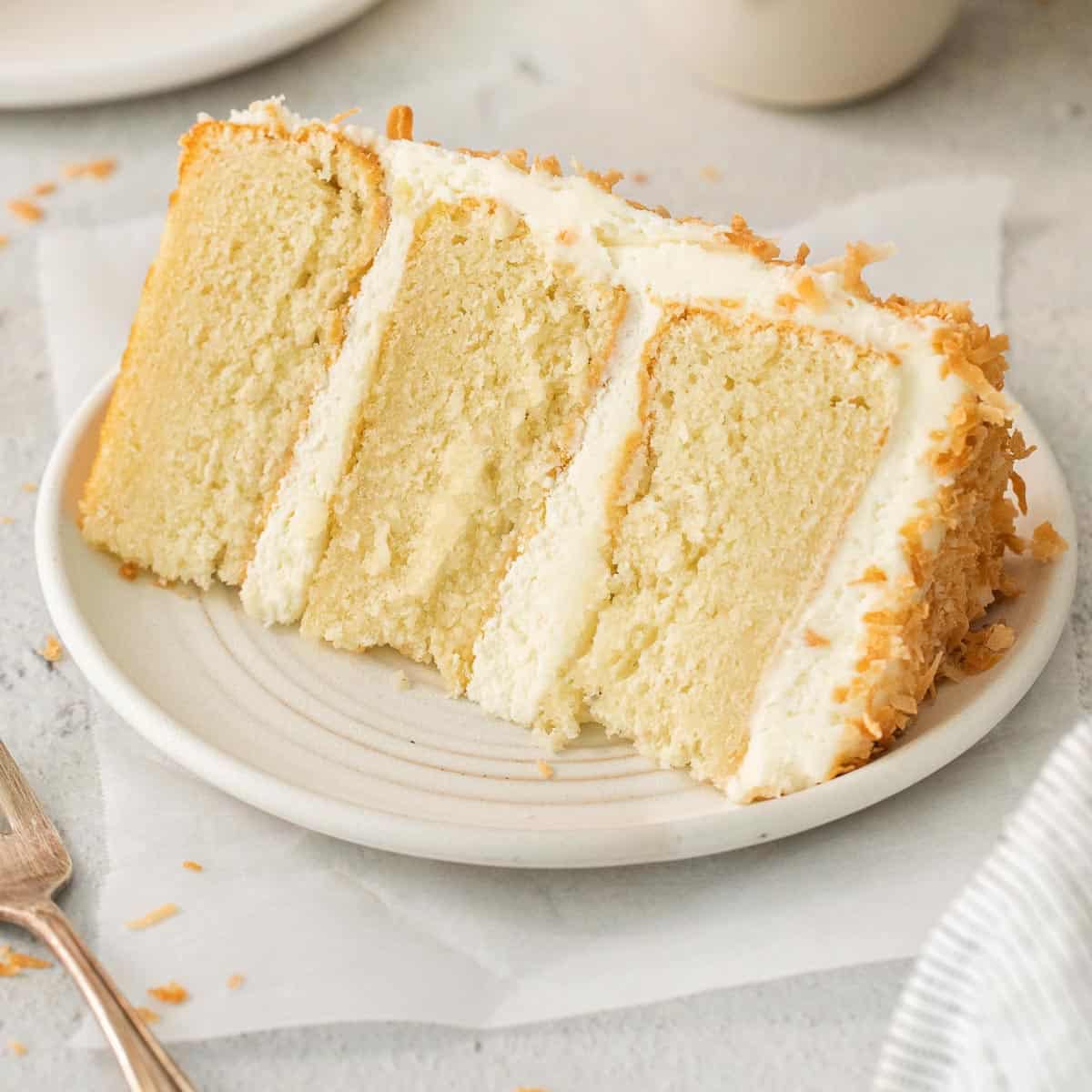
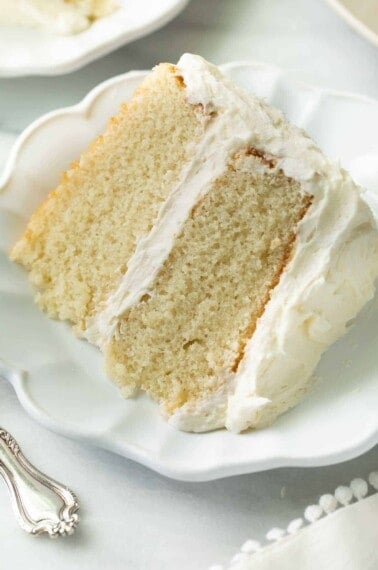
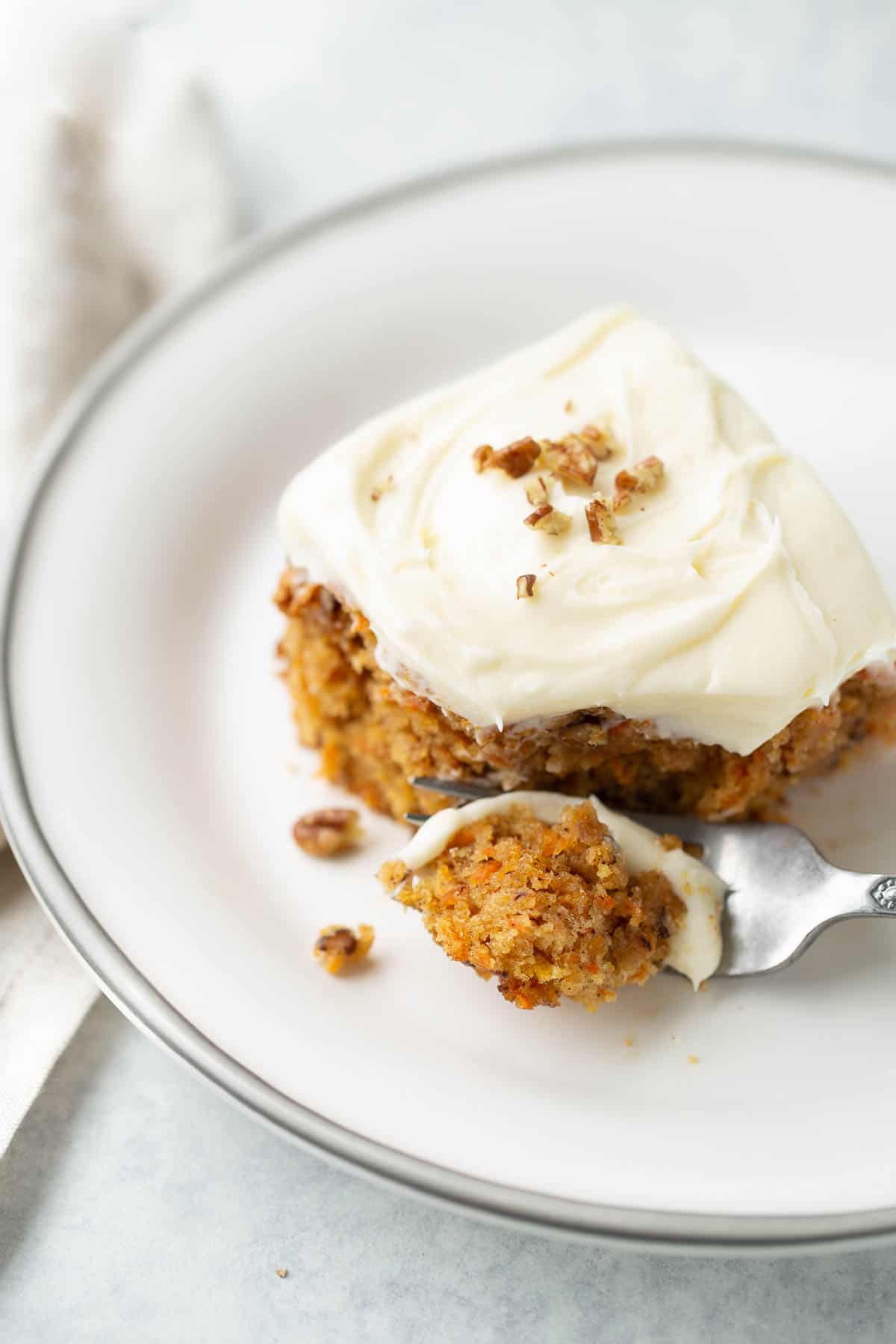
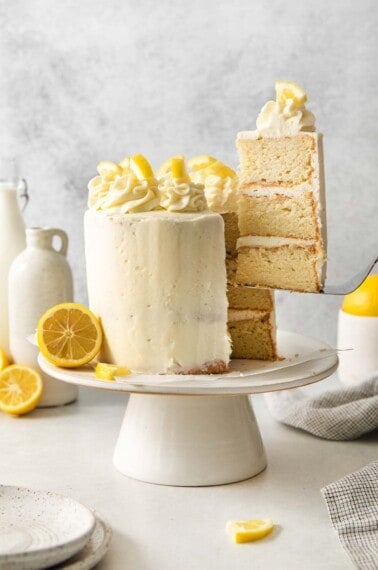
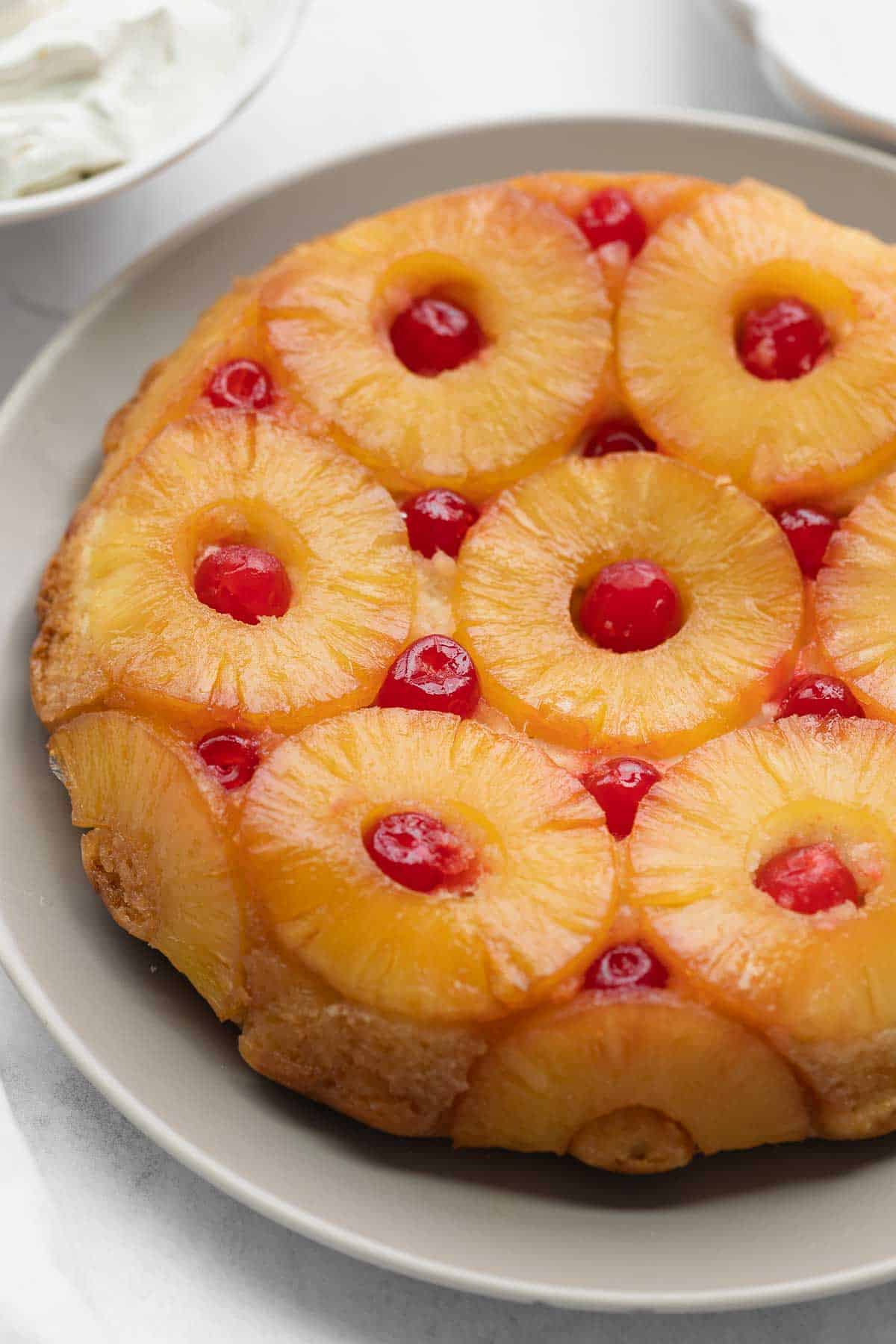
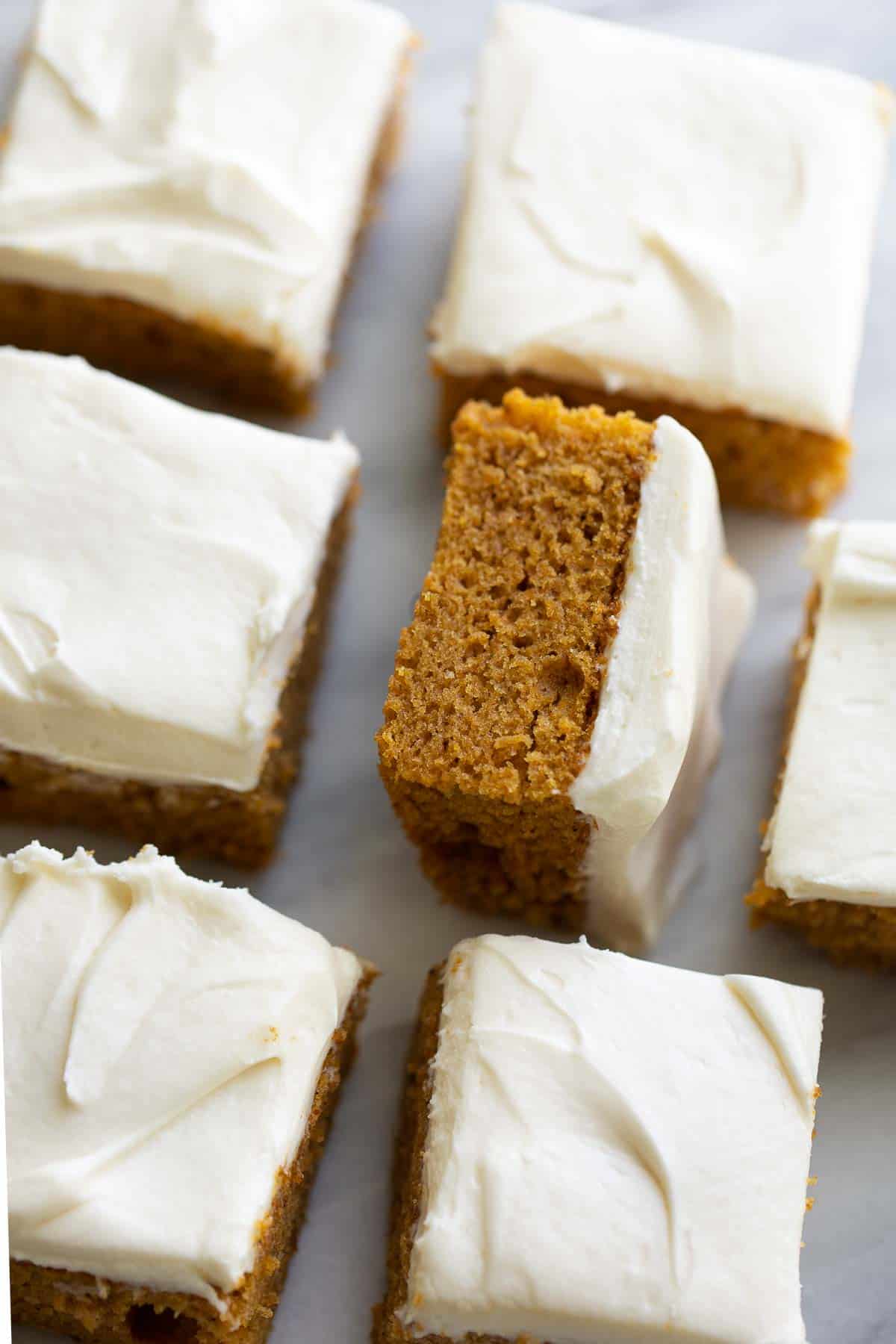
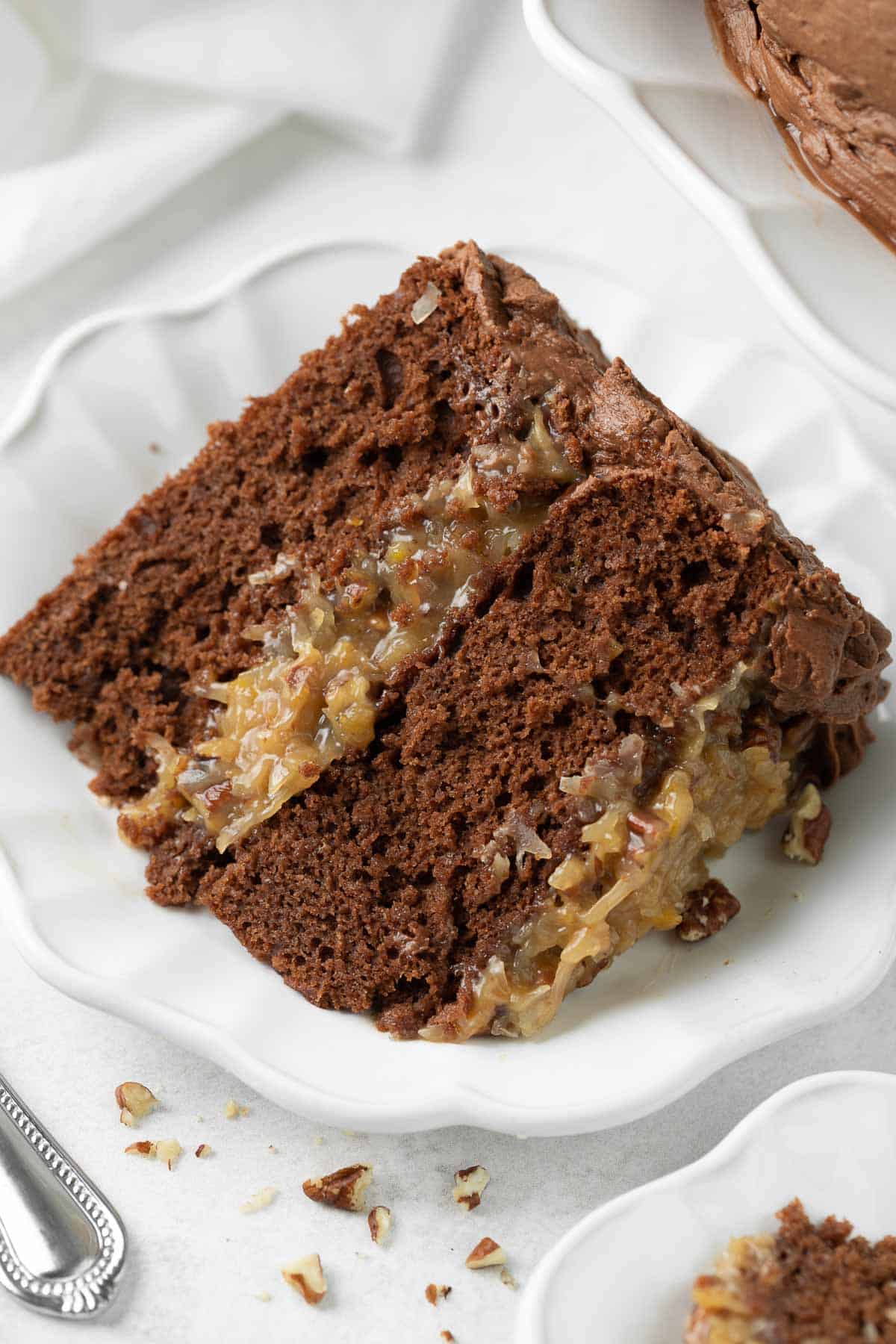
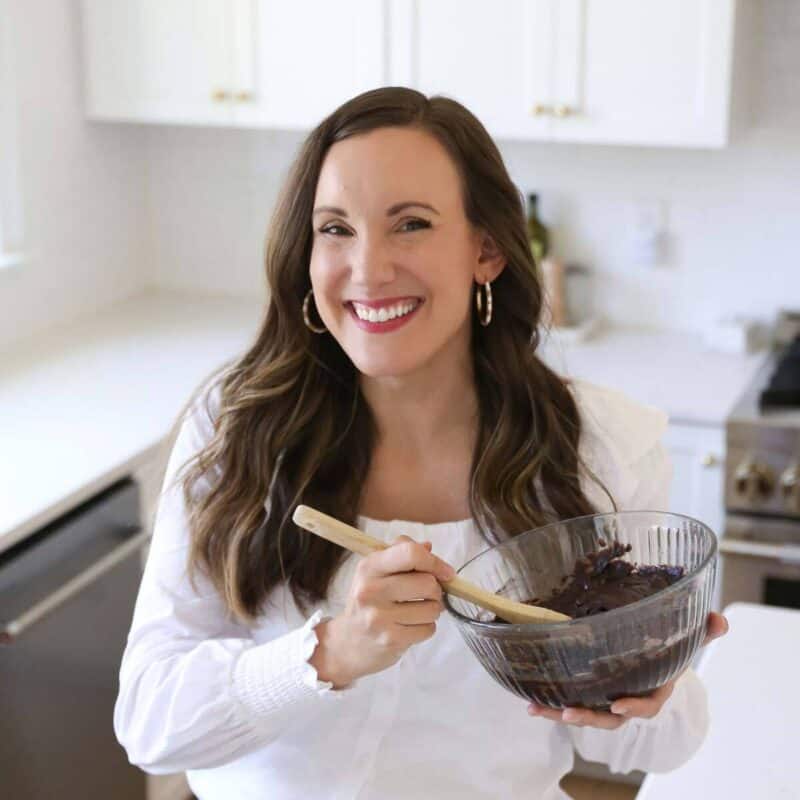
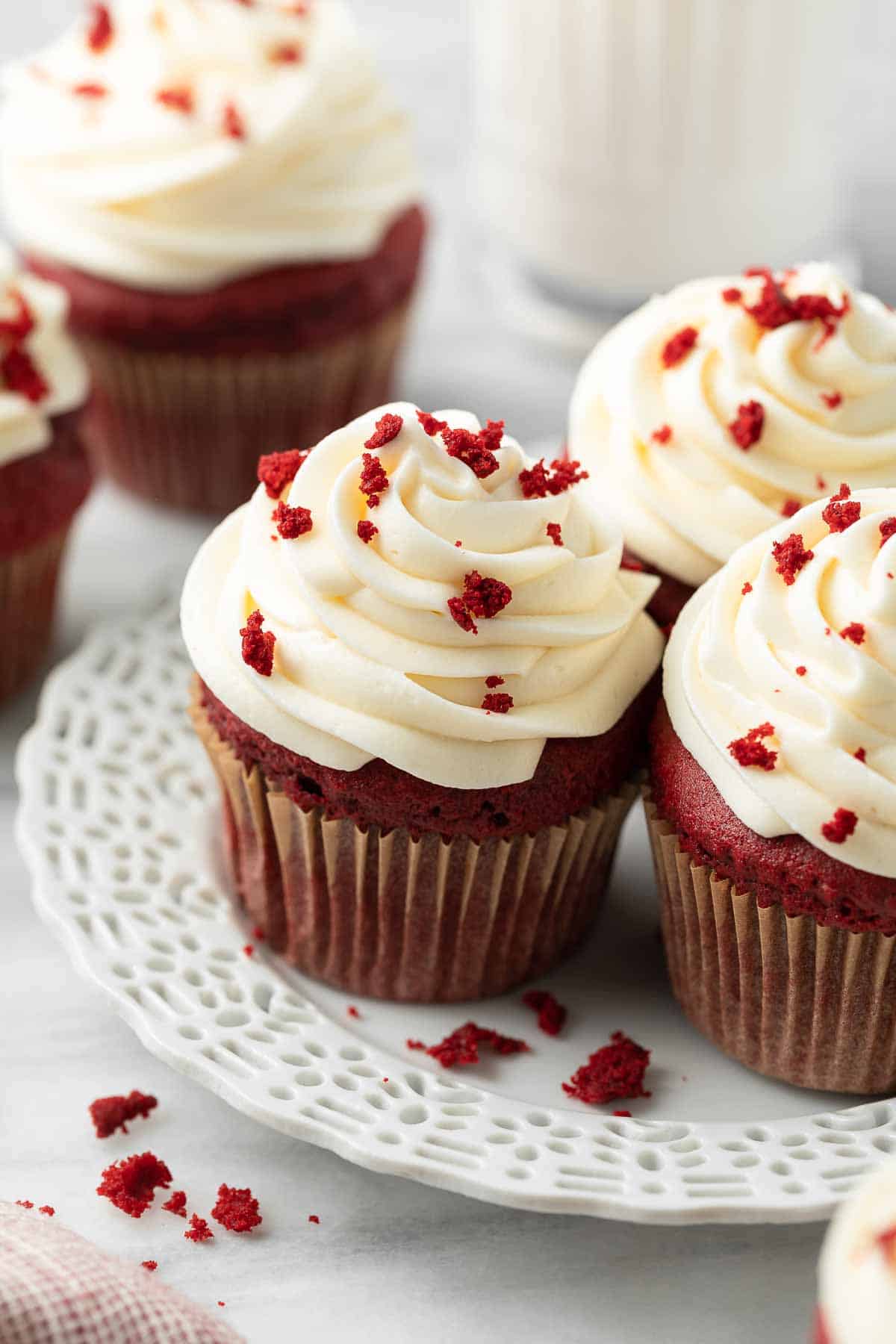
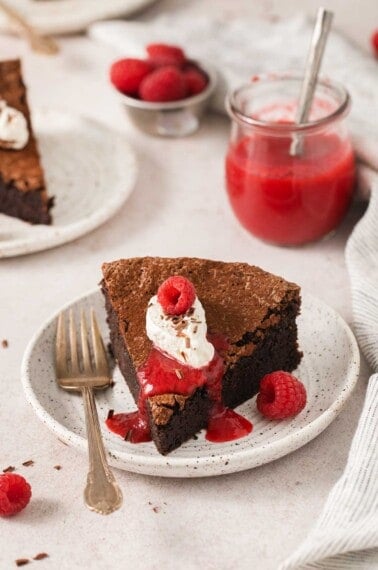
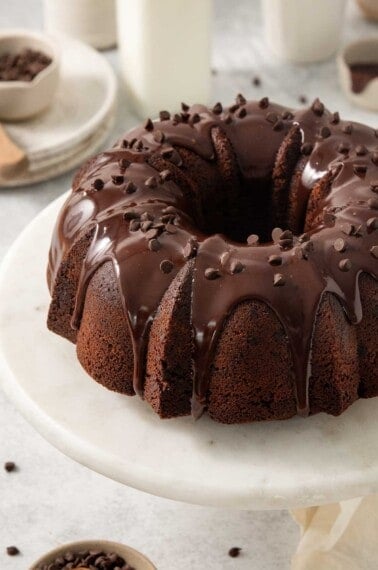











Thanks for all the delicious GF recipes, Erin! I have a question about the cornstarch. Sadly, I’m intolerant to gluten, soy, and corn. Would you recommend substituting arrowroot, tapioca, or potato starch for the corn starch?
OMG! My daughter requested a coconut cake for her birthday cake. We are GF but I don’t usually bake GF cakes. However, the GF bakery that would make the coconut cake wanted $85 for a 10” cake! I found your recipe and made the cake yesterday. Even those who aren’t GF raved about it!. My son, who isn’t GF, said he wants it for his birthday too! I will say that if you are a novice at cake baking look up how to cream butter and sugar together and how to properly whip the egg whites before starting the recipe.
Thank you for the information on the buttermilk powder! I have bought buttermilk to use in recipes and always end up throwing out the unused portion. I never knew this product existed!
I’d like to make this in 9-inch round pans. I’m guessing I’d need to bake it for less time. Any idea how much?
Yes that will work great! You can reduce the baking time to 18-20 minutes.
I want to make your coconut cake but I’m not seeing the amounts of each ingredients. HELP!!!!
Thanks
Joan McDonald
The amounts of the ingredients are all in the recipe card at the bottom of the post. I hope you like the cake if you try it!
Hi Erin, love your recipes, always can count on delicious results!
I will like to make this lactose free for my granddaughter who is GF as well as lactose intolerant. Can I use coconut milk powder and add a bit of acidity instead of the buttermilk powder?
Thanks again for all your great recipes.
I’m so glad you’ve found the recipes helpful! I haven’t tried this cake with coconut powder myself but I think your idea of adding it along with a little acidity should work. I would add a tablespoon of lemon juice! I hope this helps!
Thank you. I used the powdered coconut milk with the lemon juice, the cake was delicious. Iced with vegan butter cream, with a bit of lemon juice and topped with toasted coconut… great hit! Thanks again!!!
It is one of the best cakes that I have ever made and my family agrees with me! We all enjoyed this coconut cake and it’s gluten-free to that’s a plus!
This was so yummy! You’d never ever guess it was gluten free.
Oh my goodness… coconut cake is one of my favorites but since having to do gluten free, I wasn’t sure how to make it. This was AMAZING!
Thank You Erin for all of the wonderful and delicious recipes! My son is gluten free so when we have a family gathering I will make a GF dessert. I always choose one of yours and everyone loves what I make. They often don’t believe it’s GF!!
This makes me so happy to read! I’m so glad your son and your family have enjoyed the desserts. Thanks for the comment!